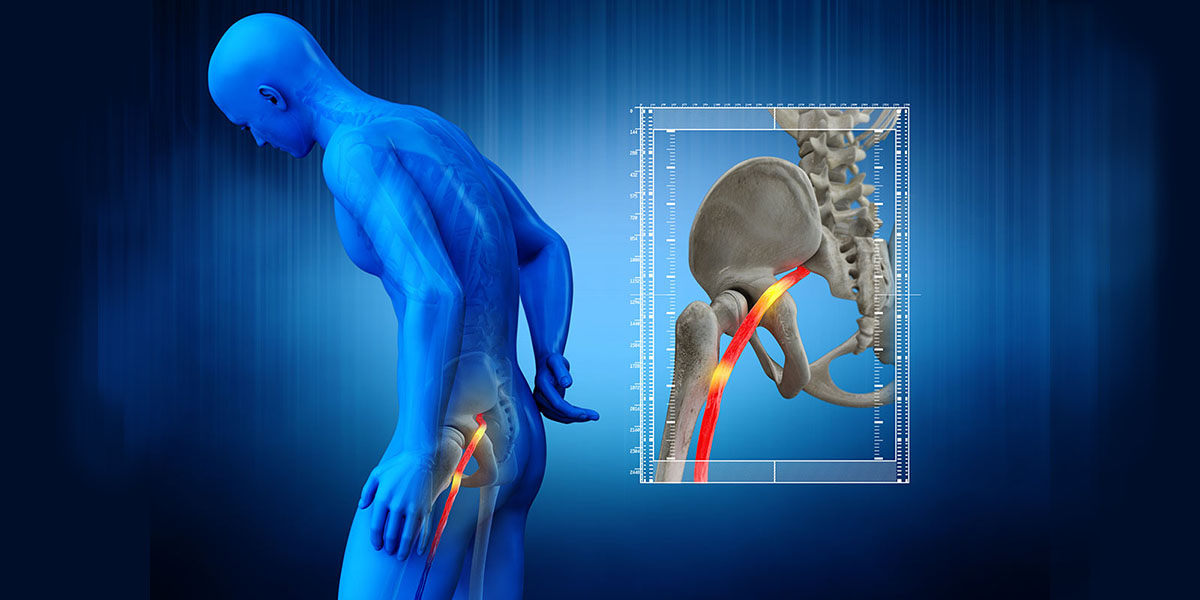
Sciatica
Sciatica is a general term used to explain pain caused by sciatic nerve irritation. As the longest and widest nerve in the human body, the sciatic nerve runs from the lower back, through the buttocks, down the legs, and ends just after the knee.
This quintessential nerve controls multiple nerves in the lower legs and is responsible for sensation in the area. While there are a number of things that can irritate this nerve, the most common cause of the irritation is a compressed nerve root in the lower spine.
Symptoms
The main symptom of sciatica is pain that radiates from your lower (lumbar) spine to your buttock and down the back of your leg. This pain can vary widely, from a mild ache to a sharp, burning sensation or excruciating pain. Typically, only one side of your body is affected.
Some people may also experience numbness, tingling, or muscle weakness in the affected leg or foot. You might have pain in one part of your leg and numbness in another part.
Treatment
The methods of treatment for sciatica will greatly depend on the affected area on the patient’s body as well as the classification of the sciatica. There are two different classifications of sciatica:
- Acute or short-term sciatica
- Chronic or long-term sciatica
Acute sciatica can last anywhere from four to six weeks, while chronic sciatica can persist significantly longer. Acute sciatica may be remedied with the use of hot and cold packs, over-the-counter painkillers, and exercises.
In contrast, chronic sciatica commonly requires more intensive medical treatments, such as physical therapy, exercise, and applied heat. Patients with either acute or chronic sciatica may require surgery to be relieved of the symptoms.










